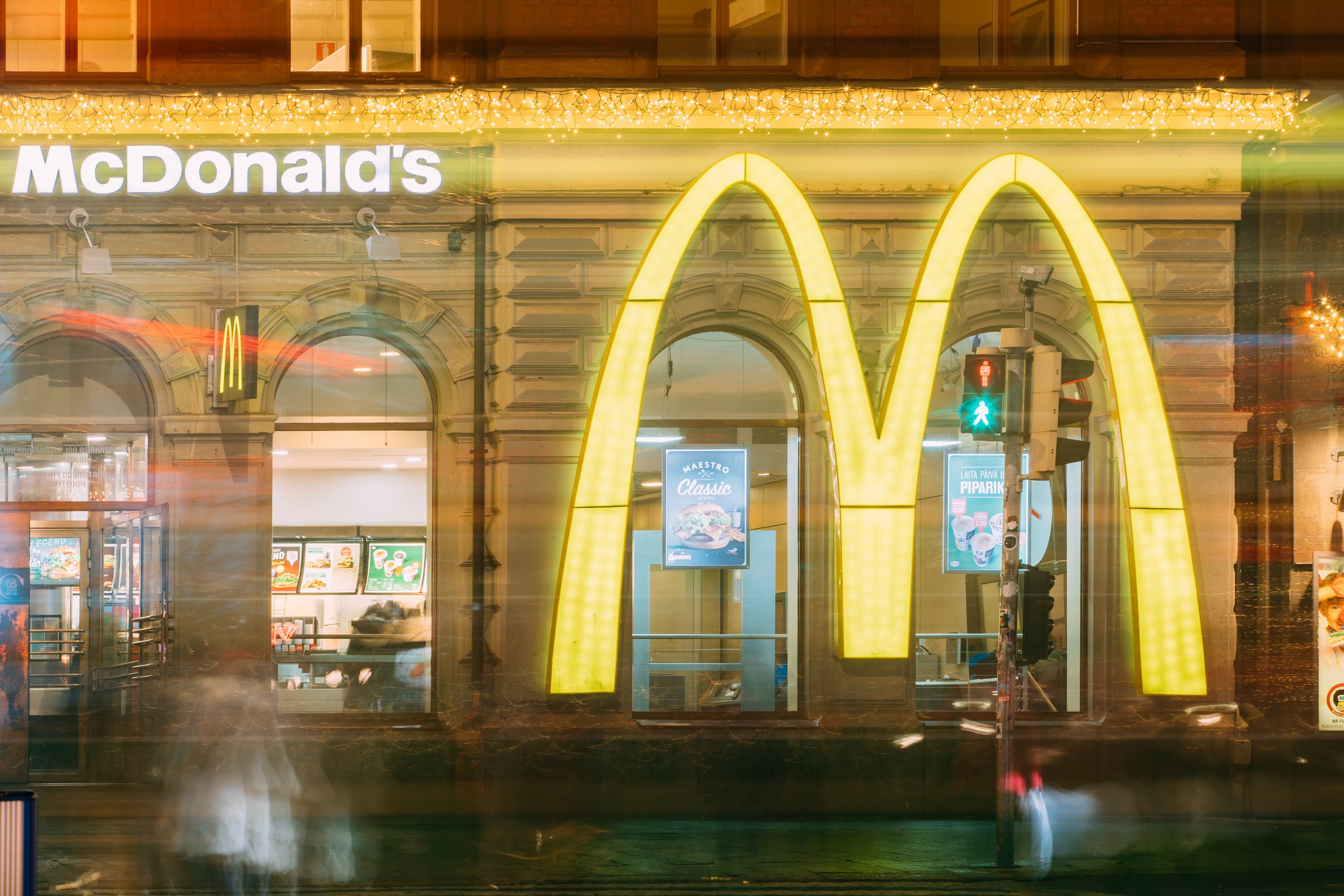What Can the World’s Largest Bottled Water Company Teach Us About Recycling?
By Steven Gray
ABOUT A DECADE AGO, states across the U.S. began accelerating the expansion of laws to encourage consumers to recycle plastic bottles. One key goal: keep plastic bottles out of landfills. Around the same time, Nestlé Waters – the world’s largest bottled water company – began thinking through two critical questions: how could the company elevate its own recyclable and recycled packaging practices? And what would it take to boost Americans’ sluggish embrace of recycling? Those questions haven’t been easy to answer at the company, whose portfolio of North American brands include Nestlé Pure Life, Arrowhead, Deer Park, Ice Mountain, Poland Spring, Perrier, and S. Pellegrino.
Plastic was invented in the mid-1800s, touted as an effective alternative to rubber, because it’s durable, sanitary and relatively inexpensive. By the mid-1950s, polyethylene terephthalate – an extremely durable plastic known as PET—was introduced, helping expand plastic’s usage. Soon, plastic became one of the most ubiquitous human inventions, used to hold everything from baby milk to medicine to caramel mocha lattes. And Americans became accustomed to simply tossing plastic bottles into the trash after a single usage.
Now, there’s a plastic crisis. Since 2016 in the U.S., bottled water has surpassed soda as the largest packaged beverage category by volume. Unfortunately, less than 30% of plastic bottles are recycled, and only 9% of all plastic in the country is recycled. With hardly any progress in increasing recycling rates during the last three decades, plastic waste is so pervasive that cities around the world are establishing various plastic bans. Earlier this year, San Francisco International Airport banned the sale of certain plastic bottles, and several cities have introduced legislation that prohibit plastic straws. By one estimate, from the recycling-focused Ellen MacArthur Foundation, the world’s oceans could contain more plastic than fish within the next three decades. All of this is why the United Nations set an ambitious goal as part of its Sustainable Development Goals to reduce waste through recycling and reusability. The aim, ultimately, is to reduce pollution of the world’s fragile water supply.
IN MANY WAYS, Nestlé Waters’ plastic packaging evolution began in the early 1990s, when environmentalism began seriously entering public discourse. Although all of its plastic bottles were recyclable, the company was focused on using technology to drive “light-weighting” – reducing the amount of material used in a package. In 1990, one of Nestlé most popular plastic water bottles weighed about 24 grams. Today, the same bottle weighs roughly 8.5 or 9 grams, depending on where it’s produced. By 2016, there was significant progress in using recycled content, which helps reduce the need for new plastic: all of the company’s smaller Arrowhead brand bottles, for example, are made using 50% recycled plastic. But given Nestlé Waters’ stature in the bottled water industry, particularly in North America, the company needed to respond to growing consumer and regulatory demand for a more elevated, aggressive recycling strategy.
Nestlé Waters began a series of strategy discussions that included a cross-functional group of engineers, attorneys and marketing leaders. They studied the development of Arrowhead’s bottles, and began to consider which of the company’s portfolio brands would be most appropriate for a new approach to designing for recyclability. Over 24 months, the team of executives developed a roadmap. Eventually, Nestlé Waters settled on two ambitious goals: By 2021, 25% of its U.S. plastic bottles would be made from recycled material, and by 2025, half would be. “Plastic waste is one of the biggest sustainability issues the world is facing today,” Nestlé’s global CEO Mark Schneider said last year. “Tackling it requires a committed approach. We are committed to finding improved solutions to reduce, reuse and recycle.”
One thing Nestlé Waters executives focused on was designing the first nationally-available 100%-recycled plastic water bottle, the 700-milliliter Nestlé Pure Life bottle. For this bottle, the company wanted to design a label that would release easily during the recycling process, to avoid contaminating the recycling stream. Many plastic bottle labels are made from a plastic film and use adhesive to secure the label to the bottle. When such bottles are shredded and enter a recycling “bath,” plastic flakes with a density heavier than water will sink to the bottom; the lighter labels, in turn, flow to the top, allowing different plastics to separate. However, many labels use an adhesive that doesn’t allow for this necessary separation during the recycling process. That contaminates the plastic screens and discolors the clear flakes, among other problems.
So Nestlé Waters worked with suppliers to find a stronger, less problematic solution: a “pressure-sensitive” label that would release easily during the wash cycle of the recycling process. This new type of label was used for the company’s first 100% recycled, 700-milliliter Nestlé Pure Life bottle, introduced in early 2018. It was also used in the company’s Poland Spring Origin bottle, which is also made entirely from recycled material, introduced in April 2019. “The sustainability of our products isn’t an afterthought when it comes to design. It’s something we embed in every stage of our product development,” says David Tulauskas, who joined Nestlé Waters North America as chief sustainability officer in early 2019, after having built General Motors’ global sustainability practice.
David Tulauskas, at Techonomy’s 2019 conference in Half Moon Bay, California.
THE COMPANY HAS continued to reduce the amount of materials used in its packaging. Over the last few years, Nestlé Waters has explored opportunities in what it calls “barefoot packaging,” which means eliminating the cardboard cartons that historically were used on the bottom of plastic water bottle cases. The company has removed the pull tab from its “sport” bottles. It has also made its bottle labels 35% smaller. Its “ReadyRefresh” beverage delivery service has offered a reusable and returnable large capacity bottle for decades. The ReadyRefresh five-gallon containers are returned, washed and refilled approximately 35 times, on average, before they’re recycled. The company also has a variety of other projects in development that go beyond the bottle. For example, “Refill+,” which has a launch planned for 2020, is an innovative dispensing system based on refillable bottles.
Recognizing that designing for recyclability is only one side of the coin, Nestlé Waters is now also focusing on convincing consumers to recycle their plastic bottles. In 2017, the company was the first beverage manufacturer to add to all of its U.S. domestic plastic water bottles clear instructions on how to recycle.
WHEN TULAUSKAS arrived this year, Nestlé Waters’ new sustainability-focused strategy was already underway. His challenges now are straight-forward. “I want to teach the world that recycling is working, and that plastic is a valuable commodity,” he said in a recent interview. “Plastic is a valuable resource that should be recovered, reused and recycled. I want consumers to know they’re making a difference every time they recycle a bottle.”
To succeed, there are some key things that Tulauskas–and Nestlé Waters—must do. For starters, it must find ways to not only maintain cohesive internal support for the company’s existing recycling initiatives, but also identify ways to hold people within individual business units accountable for helping the company meet its ambitious goals. It must also continue to contract with suppliers to provide innovative recycled and recyclable plastic materials, and continue investing in the development of a recycling infrastructure in the U.S. It must effectively help build a durable recycling culture. In 2017, Nestlé Waters invested $6 million in the Closed Loop Fund, which finances recycling infrastructure projects and community recycling programs across the U.S. In August, the company launched the “#NotTrash” Instagram recycling campaign with the Recycling Partnership to help allay the public’s confusion about recycling and improve curbside access to recycling.
“We want to inspire people and get recycling to become mainstream,” Tulauskas says, adding: “Our plastic bottles provide tangible proof that recycling works. And as brand owners, there’s no other meaningful way to show people impact than to bring to market a more sustainable bottle that they helped to create, simply by recycling.”





